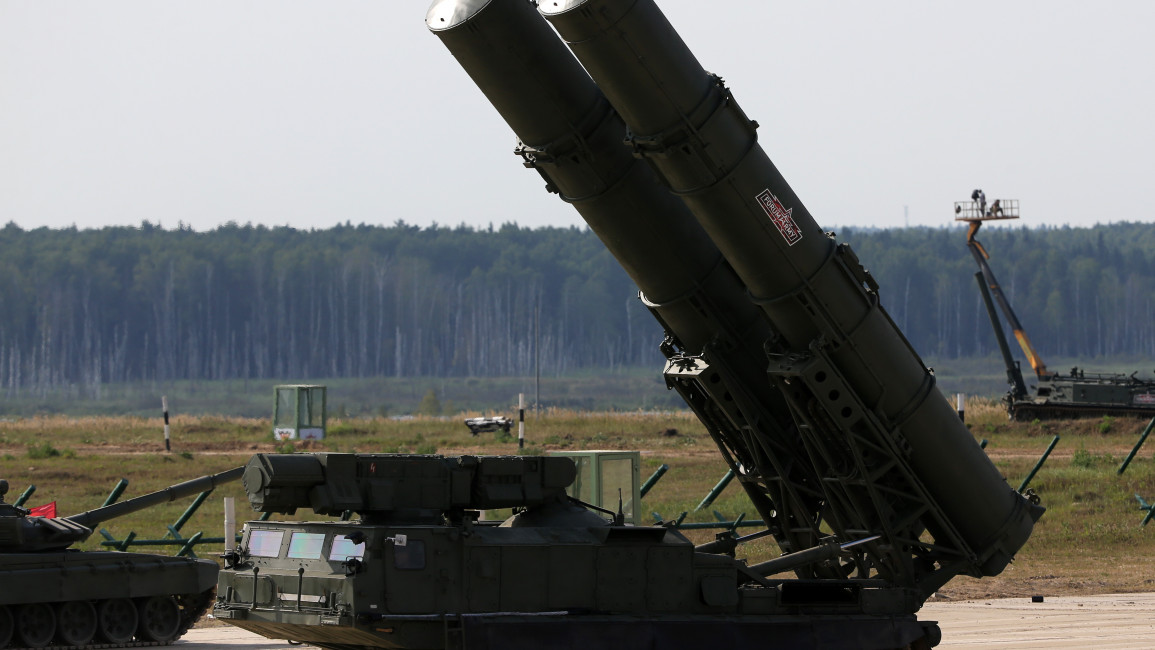Russia moves anti-aircraft missiles from Syria to Ukraine border: satellite images
Russia has shipped a battery of S-300 anti-aircraft missiles from Syria to a Russian port near Crimea, according to an Israeli satellite imaging company, in an apparent attempt to bolster its air defences in the war with Ukraine.
ImageSat International (ISI) captured pictures showing the presence of the S-300 anti-aircraft battery at Masyaf, Syria in April, and the empty site left behind on 25 August after the hardware was shipped to the port of Tartus.
#ISI reveals: Russian S-300 Air defense Battery DEPLOYED FROM #Syria to #Russia.
— ImageSat Intl. (@ImageSatIntl) August 28, 2022
Russian forces in Syria have deployed out of the country the S-300 SAM battery originally located Masyaf. pic.twitter.com/z5EG9nJDXF
Separate images showed the battery components on a dock at Tartus between 12 and 17 August. By 20 August they had gone, and ISI concluded they had been transferred to a Russian vessel, the Sparta II, which left Tartus for the Russian port of Novorossiysk.
Data from Refinitiv Eikon show the Sparta II is currently in Novorossiysk, having arrived via Turkey's Dardanelles Strait.
The Russian defence ministry declined to comment.
Russia has maintained a military presence in Syria since 2015, when it intervened in the civil war there on the side of Syrian President Bashar al-Assad.
If confirmed, the transfer would indicate a significant Russian move to bolster air defences near the theatre of war in Ukraine, where its forces have sustained damaging attacks in recent weeks.
In one such incident, eight Russian combat planes were destroyed this month in a series of explosions at an airbase in Crimea. Ukraine has declined to say whether and how it carried out the attacks.
ISI images showed the radar component of the S-300 battery had been moved separately from the same Masyaf base to the Khmeimim air base on the Syrian coast, north of Tartus.
The company's analysts said they assessed that the size and weight of the radar made it unsuitable for shipment by sea, and may require an airlift by an Ilyushin-76 aircraft from Khmeimim back to Russia.



